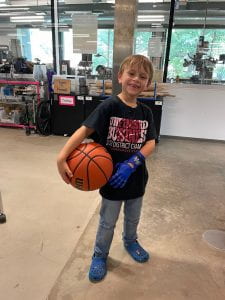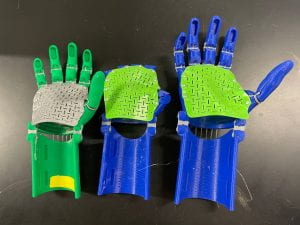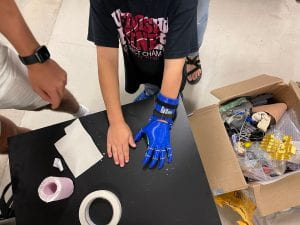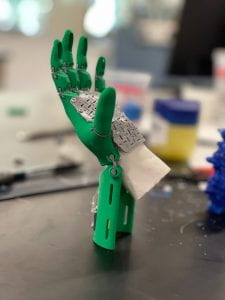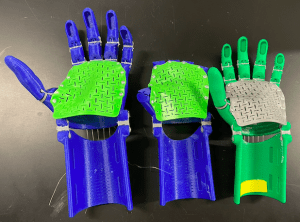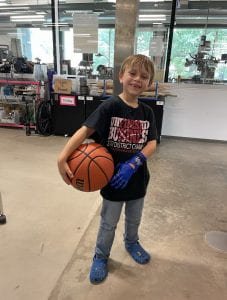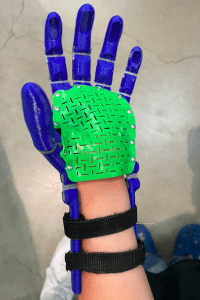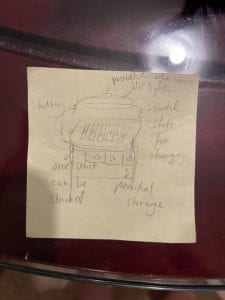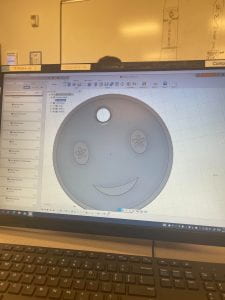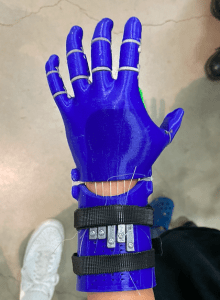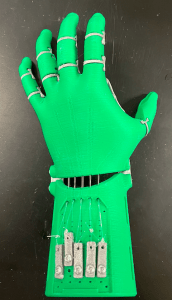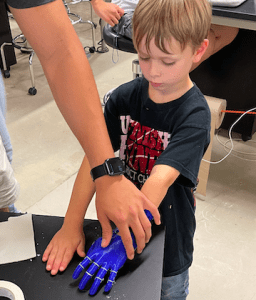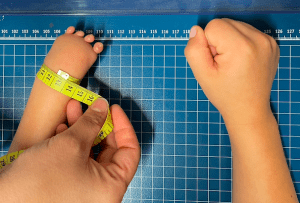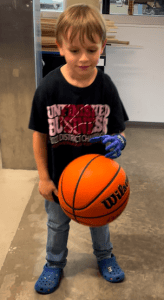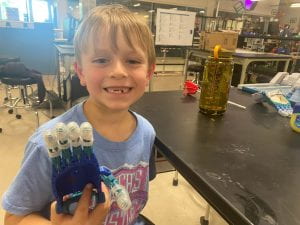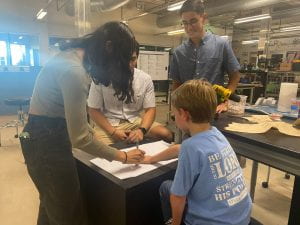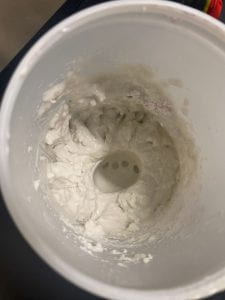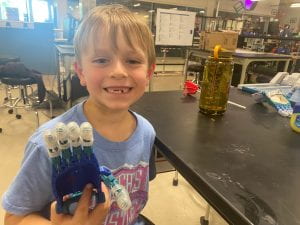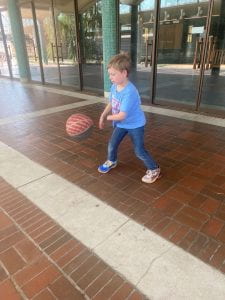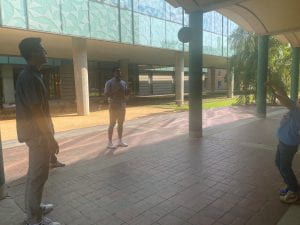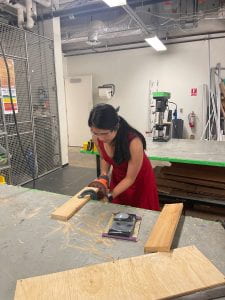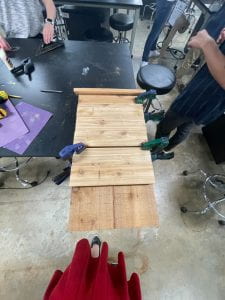Hey everyone! This week has been packed with meetings, workshops and design analysis for our project. Despite how busy it was, the week seemed to fly by quickly. We met with members of the senior design team who worked on this project last year, Team EPIWATER. To prepare for the meeting, we read their final report (which is almost 90 pages long!) in addition to all their documentation in their Team Drive. Even though it was very time consuming, it was very informative and helpful for our team to understand our role in the project. It was really cool to learn about how they went through the design process when we met with them and why they made certain choices for the project. I also thought their team was an inspiring example of how successful interdisciplinary teams can be.
After meeting with other people, such as Dr. Fowotade, a distinguished clinical virologist at the University of Ibadan, and Zach LaTurner, a PhD student at Rice, our team decided we were ready to move forward in the design analysis stage. We decomposed our design challenge problem into ten different functions aspects and used that information, along with our project research and client needs, to come up with our design criteria, which we then ranked using a pairwise comparison chart.
Ranked Design Criteria:
- Sustainability: Durability of time sustainable energy source can power the device
- Durability: Ability to withstand dust and rain and various stress/crash tests
- Maintenance: Accessibility of device to be repaired easily
- Portability: Dry weight and volume restrictions
- Ease of Use: For setup and operating the user interface
- Replicability: Ease of recreating the device
- User Interface: Monitored controls display values from sensors to establish recording
While these rankings are preliminary and may change based on further discussions and client meetings, they give us a good idea of what our team needs to focus on this summer. I had never done a problem decomposition before and initially didn’t fully understand how it relates to moving forward in the design process. However, it turned out that the design criteria that we chose and how we ranked them was informed by our decomposition. Even though we haven’t started brainstorming yet, I can already see how it will make that process simpler because we can break down our ideas based on specific design blocks.
In addition to working on our project, we also has several workshops throughout the week. The morning workshops focused primarily on the design analysis stages, which was a good refresher. My favorite activity from those workshops was during the brainstorming workshop when Mr. Fletcher asked us to come up with non-solutions a.k.a ideas that don’t address the purpose of a product; hearing what my colleagues and I wrote at the end was hilarious!
We also had two workshops from Associate Dean Catherine Clark on difficult conversations and microaggressions. She emphasized the importance of having difficult conversations and gave us strategies on approaching them, which I think will be useful in both my personal and professional life. She also discussed the prevalence of microaggressions and how they’re perpetuated and how they can be harmful, despite being unintentional. This workshop was very impactful and reminded me to be aware of my biases and recognize them so that I can stop myself from saying something that could hurt someone else.
